|
Steve Higgins, University of Kentucky I love looking at farms, their layouts, and their structures. I love seeing great designs, evidence of thoughtful planning, and the architectural features of older buildings and structures. I spend time imagining the history behind them. The thought and expense that has gone into some structures gives a strong indication of the aspirations producers had for their operation. Conversely, when I see poorly located structures and layouts, I feel sad when I think of the day-in and day-out drudgery that the owner, family, and livestock must have experienced. By the time I see some of these buildings their initial luster has gone, as have the people who worked in them, but the artifacts of innovative and labor-saving designs are still evident. You can see detail and craftsmanship that goes way beyond what we would build today. Today, I see very few producers who grow their own locust fence posts, let alone harvest timber from their farms to build buildings and structures. When did this change and why? Recently, I visited the Tallgrass Prairie National Preserve in the Flint Hills region of Kansas. The farmstead and main barn there were built around 1881 (Figure 1). Figures 2 and 3 show the main barn and a gatepost, made of stone, adjacent to the barn, which, to this day, is still in use. The story that I heard was that the post was quarried and hauled a significant distance by wagon to get it to the farm. This was not the only stone structure or gatepost still operational at the site. It is not unusual for me to see structures on farms, dating back 100 years or more that are still standing and still in use. Heck, if it weren’t for these structures and buildings, we probably wouldn’t have any. The point I want to make is if you are going to build, remodel, or renovate a farm structure, design and build it so that it works and lasts, because there may not be an opportunity to do it over. You may have never thought of using stone, concrete, or steel materials on your operation, especially for something like a post to swing a gate. Nevertheless, there are people who have. Depending on the math you use, the economics can justify the expense, especially if you plan to pass it on to your heirs. It’s important to ask yourself how much you want to spend. There is a big difference between designing up to a level of performance and designing down to a price. Tragically, any flaws or inefficiencies in the design of projects will affect the efficiency of tasks for years, while also influencing the productivity of livestock. This is unfortunate, as these are, hopefully, the facilities and structures that will be used by individuals and families for years to come. Don’t build something that is going to make the next owner of the operation suffer. My philosophy is to build things that last. I believe one problem is that we use the initial cost as our primary decision criteria rather than the operating costs of the life of the practice. We may want the payback on a practice to be one or three or five years, but if this were the case, I wouldn’t have seen this farmstead still standing after 138 years.
When I see most operations, I love to dream about what I would do if the farm were mine. How would I improve on the structures that are already there to save capital? I think about changing the layout to make it more efficient. I basically create a plan and a schedule in my head of the list of things I would change, and in what order. Of course, to build what’s in my head would require a truckload of money. But again, a lack of capital is a design challenge. It forces us to come up with a good design and decide how much money you want to spend, and on what. Then you have the opportunity to succeed, to win, to solve a problem, and the satisfying feeling that comes with it. It’s the inspiration for what I do. For the ideas that I have. It’s also kind of like, if it can be done, it should be done. Then you get to think of how to do it. When you start to put things together for a design, everything seems very rational and analytical. It should be if you want something to function properly, have endurance, and be matched to the capacities/volumes needed. However, all this analytical thinking started out as a dream, a vision of what could be. Don’t suppress creativity. Instead, ask questions like “Why?” At the end of the day, it’s your farm. You get to be your own boss and make all the decisions. Agricultural producers are tasked with being stewards of the land. You can do just about anything you want within reason. So dream on. Don’t let anyone mess with your dreams or crazy ideas when it comes to conservation and sustainability. I would like to think that we want to improve the land, buildings, and operations that we have. Maybe so we could pass the farm on to our family. Maybe so someone else can appreciate it. Maybe one day they’ll wonder who we were and how we came up with this idea. The old saying, “If you don’t like the weather in Kentucky, just wait a day or two and it will change” certainly held true this year. We had a long, hot end to summer that bled over into our fall season. Then when things changed, it did so in a drastic way. We had a day in early October that was 93 degrees. Then just 40 days later, the low reached 7 degrees and there was an inch of snow on the ground. There is no denying that weather extremes are becoming a more common challenge to all of us in agriculture. One of the ways that we try to manage those weather extremes is with adequate infrastructure. We continue to move forward with the renovation work on the bull barn. Upon completion of the renovation we are going to test the new designs with our calves, which will be taking part in a research study conducted by Quinn Cole, a Murray State Veterinary Science Student. The study will compare the efficiency of a self feeder vs bucket feeding calves to achieve the same average daily gain. During the study, the calves will be contained in the barn for 90 days, thus giving us the ability to study and compare the four different flooring treatments at the end. Other infrastructure that we recently added to combat the extreme elements was a power station at one of our tire water tanks. This power station has both solar panels and a wind mill (which can generate electricity in wind speeds as low as 7 mph) which charge two batteries. Those batteries will power different versions of 12 volt water pumps and bubblers to determine which designs are the most effective at deterring the buildup of ice in the water tanks. As the weather gets cooler we see less folks come to the farm for tours. However we did still have two different groups tour Eden Shale in November. We hosted a group of producers from Rowan/Elliott County and we hosted the Division of Water Enforcement Staff. We showed the latter group the kinds of violations they may encounter on a producers farm and then offered some of the practices that they might want to recommend as solutions. It was a good day with lots of good discussion, and I appreciate them taking the time to come to the farm.
|
Archives
June 2024
Categories
All
Welcome |
CONTACT US |
EMAIL SIGN UP |
|
Eden Shale Farm
245 Eden Shale Rd. Office: (859) 278-0899 Owenton, KY 40359 Fax: (859) 260-2060 © 2021 Kentucky Beef Network, LLC.. All rights reserved.
|
Receive our blog updates
|

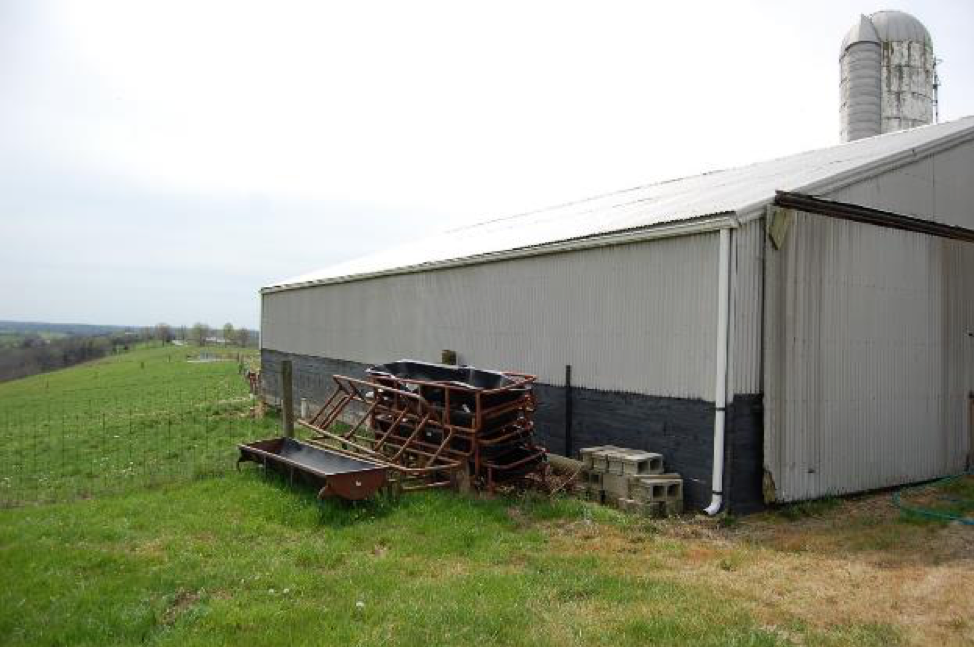
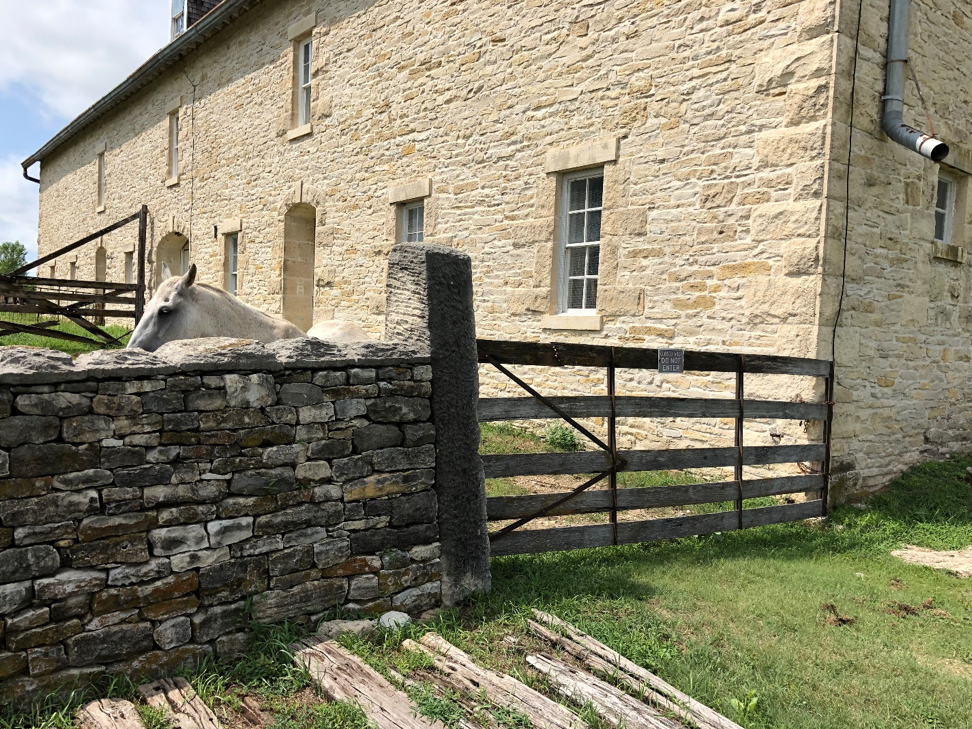
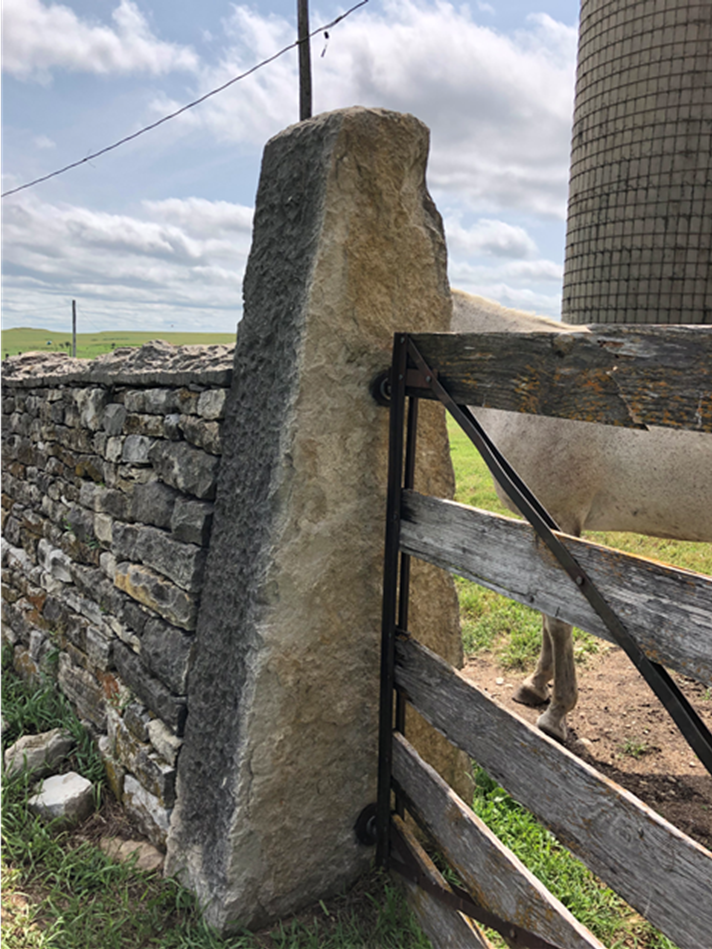
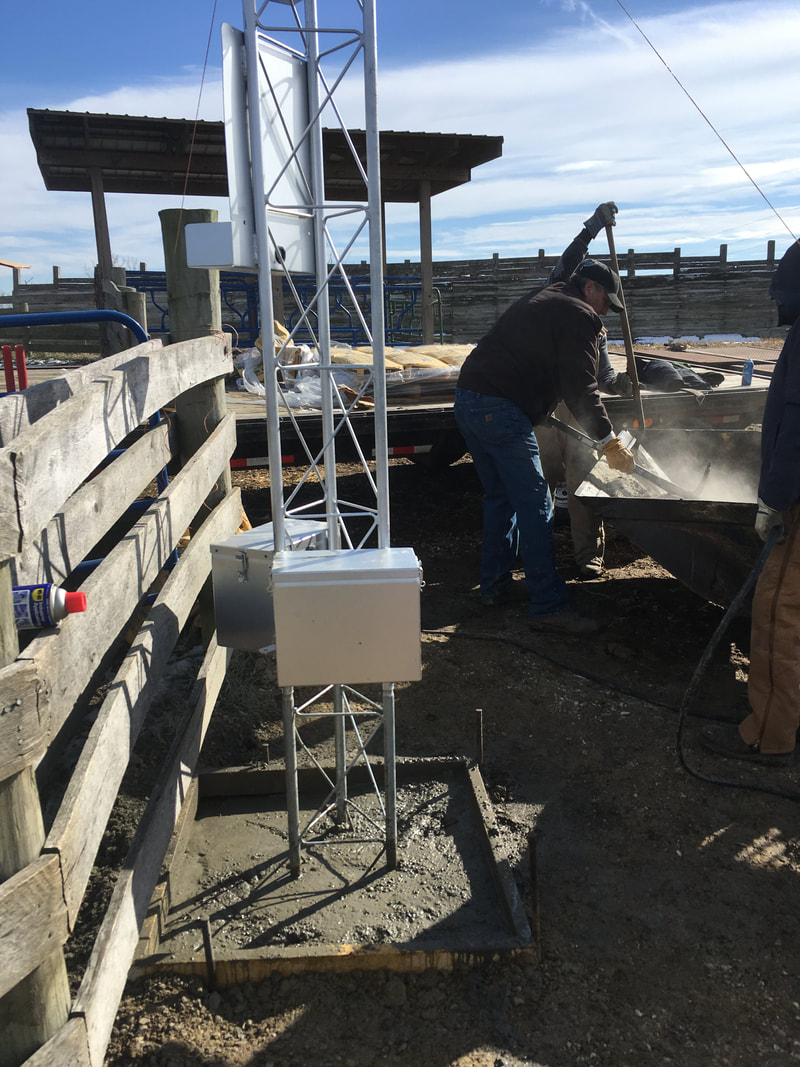
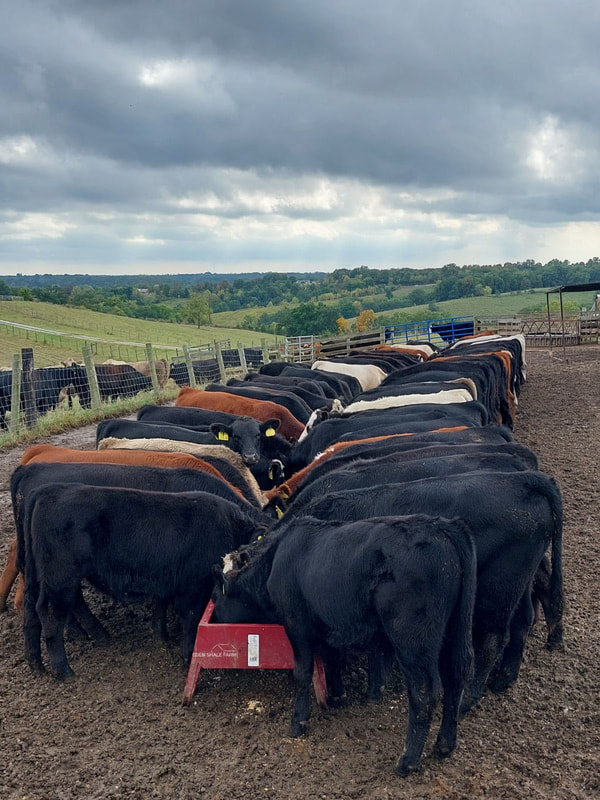
 RSS Feed
RSS Feed
